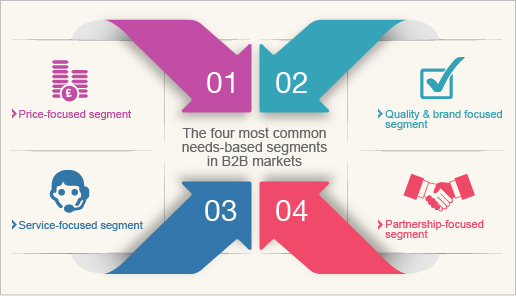Use
of mobile devices has become commonplace for contemporary retail
shoppers. At their fingertips, consumers can easily obtain lots of
information to aid their shopping efforts and decisions. This phenomenon has
been a challenge for some marketers; for others, a benefit. For instance,
brick-and-mortar retailers have announced store closings (e.g., Macy’s in 2016
and early 2017), dissolution (e.g., Limited’s elimination of its store format
in 2016 ), or corporate layoffs (e.g., WalMart in 2017), as their financial
metrics are upended through e-commerce. At the same time, e-tailers have
parlayed their technological competencies to embrace technologically-savvy
buyers. Witness Alibaba’s acute aspirations to become a worldwide e-marketer
and Amazon’s tremendous expansion of the breadth and depth of its offerings as
well as recent establishment of its own global delivery service.
Retail
salespeople have traditionally been providers of information for customers.
Indeed, until the advent and enormous growth of the internet and e-commerce,
sales personnel tended to be the primary purveyors of information in
selling. As noted above, however, the retailing dynamic has changed markedly.
Many retail customers now turn increasingly to marshaling information from
alternative sources—particularly from mobile devices. In fact, consumers seem
to be replacing traditional retail salesperson functions—such as collecting
information, comparing prices, and securing the order—with mobile devices. This
situation may well foreshadow a decline in the importance of salespersons in
buyer-seller interactions.
Interestingly,
a consumer’s mobile device is somewhat similar to retail salesperson input in
that it mimics the personal nature of selling. Accordingly, many of today’s
consumers tend to consult their smartphone rather than interact with retail
sales personnel. Indeed, 73% of shoppers would rather use their phones than
deal with the salesperson.
With
increasing consumer preference for mobile devices for both hedonic and
utilitarian reasons and avoidance of the retail salesperson, we did a study to
explore the consumer’s information search behavior vis-à-vis the salesperson’s
selling behavior so as to enhance understanding of how retail salespeople can
influence mobile dependent shoppers.
We
found that the more searching consumers do on their phones, the more they
experience increases in perceived control, which fosters their purchase
intention. These findings suggest that retailers should create an environment
that facilitates feelings of perceived control because that construct is
closely connected to the pathway between search and purchase intention. For
example, providing consumers with easy access to free wi-fi in stores is one
technique to help create a shopping environment that nurtures mobile phone
searching. Retailers might also adopt a selling philosophy that helps consumers
in their role as search agents to perceive that they are controlling the
interaction with the salesperson (e.g., “Come to our store and be the boss,”
“We don’t push you; you are in charge”). Because the mobile phone seems to
increase feelings of control, retailers should also assist consumers to stay
connected to their phone so that they can continue to search in the store.
Furthermore, salespeople should be trained to be search assistants for the
customers rather than assume the traditional role of “pushing the sale.” In
this context, retail salespeople could assist consumers in their search
activities by providing comparison websites, review sites, and alternative
search terms. In a similar way, companies can create apps for the mobile phone
to engage consumers while in the store, and salespeople can direct them to download
these applications.
* Suri Weisfeld-Spolter, Ph.D.,
is a Professor of Marketing at Nova Southeastern University. She can be
reached at sw887@nova.edu This post is based on her journal
article in Psychology
& Marketing titled, “Under the sway of a mobile device during an
in-store shopping experience”.











